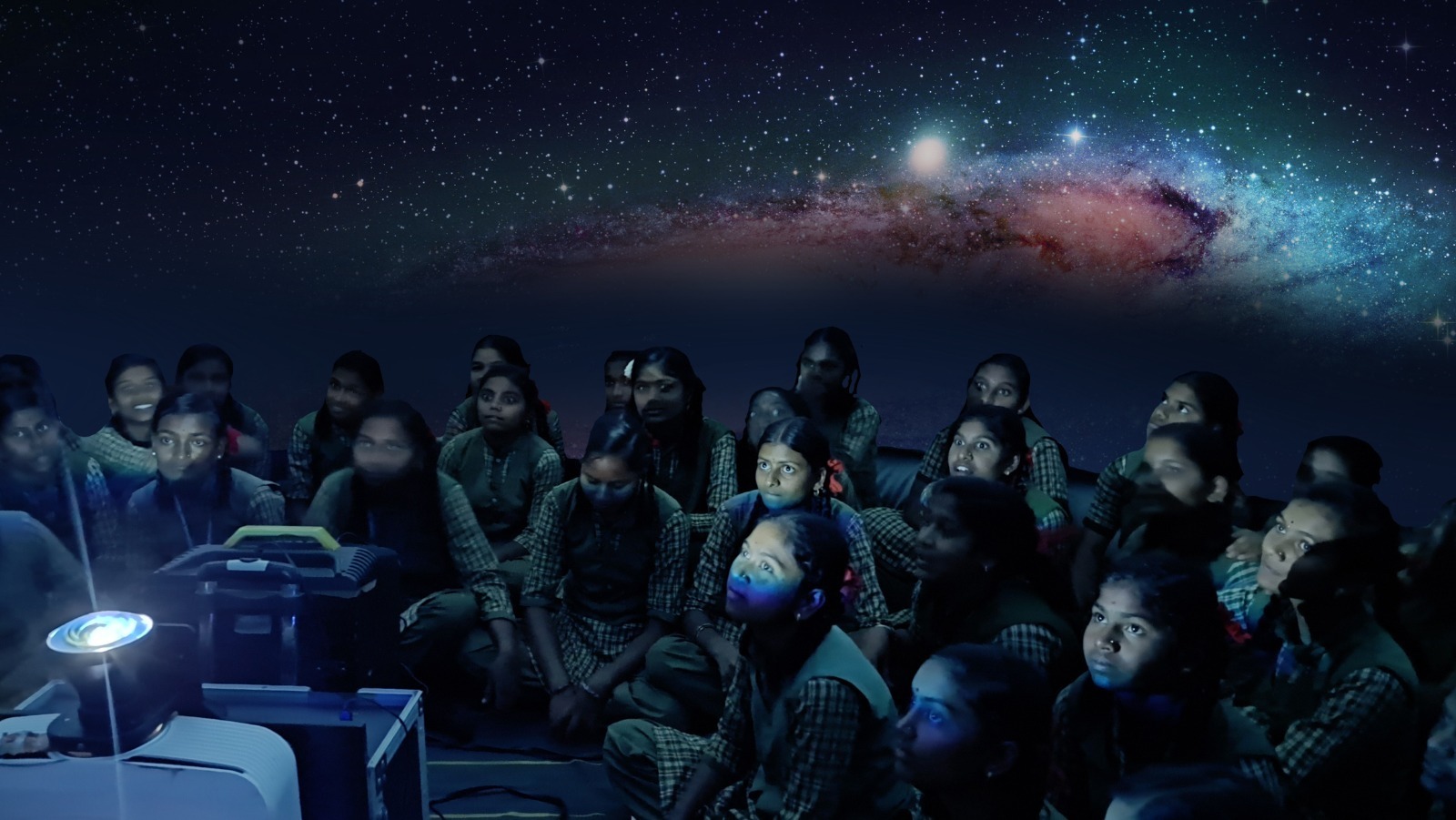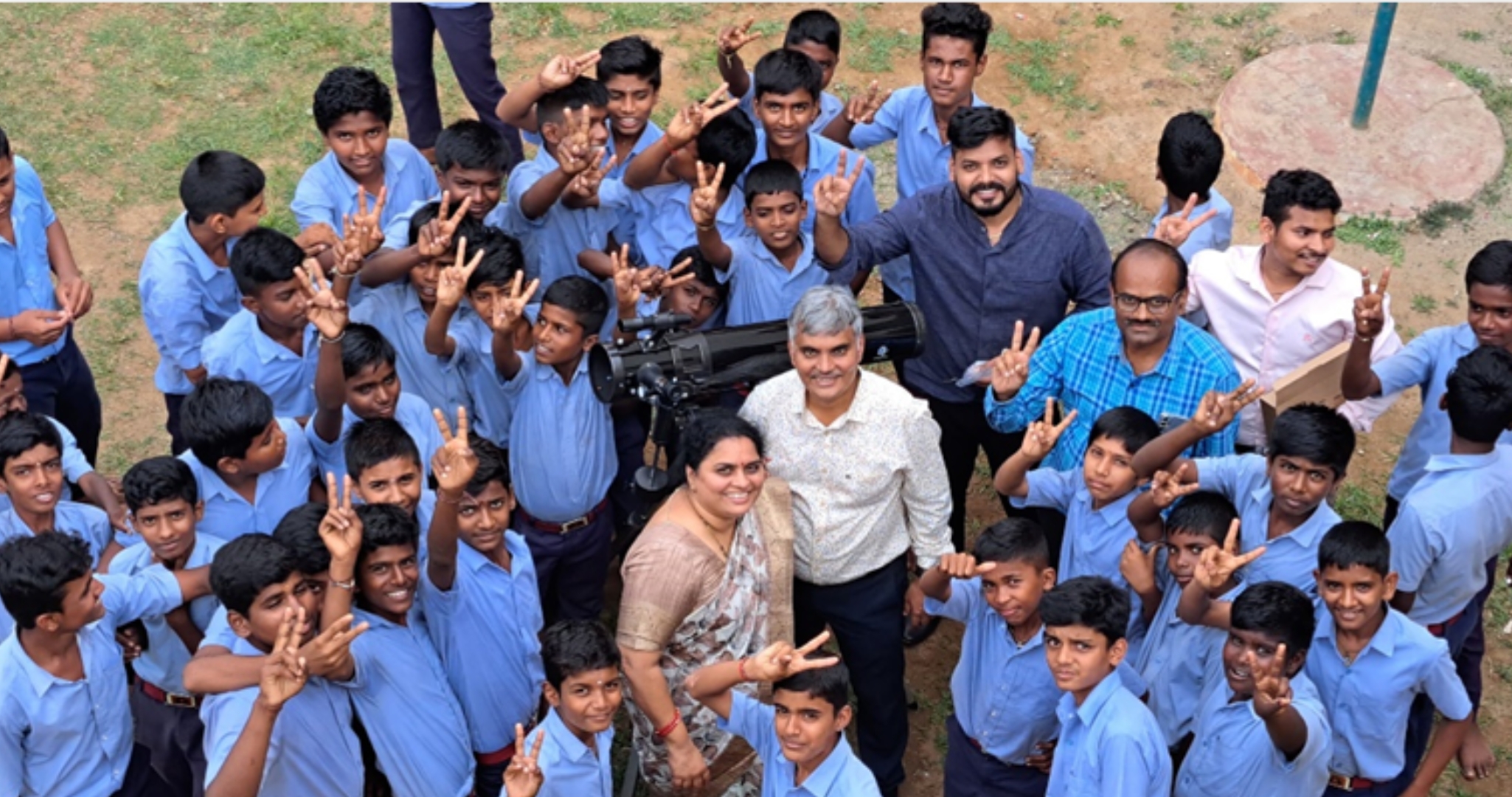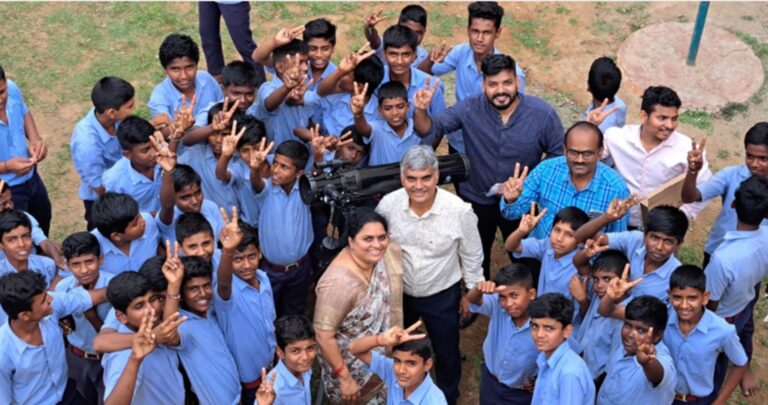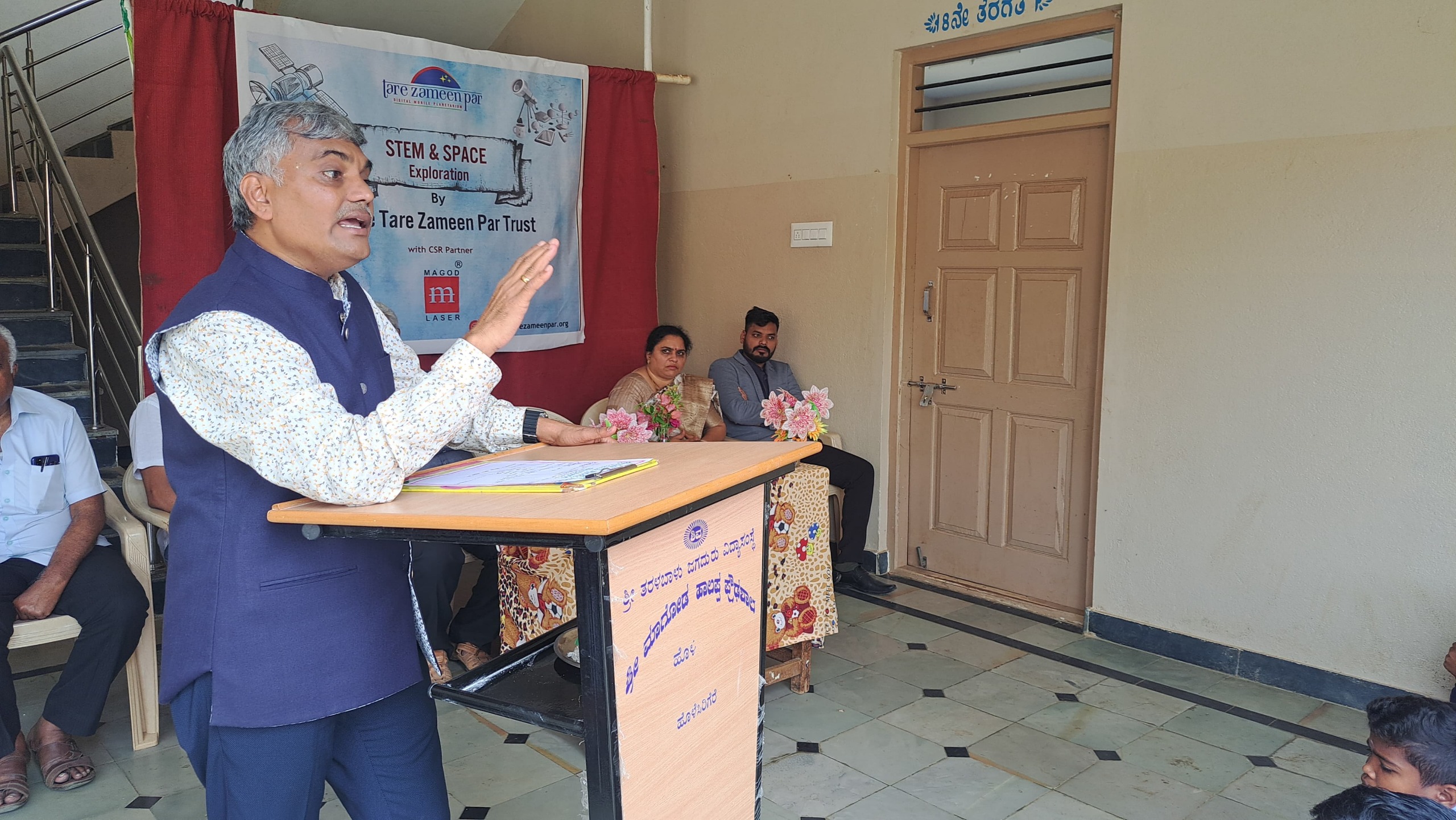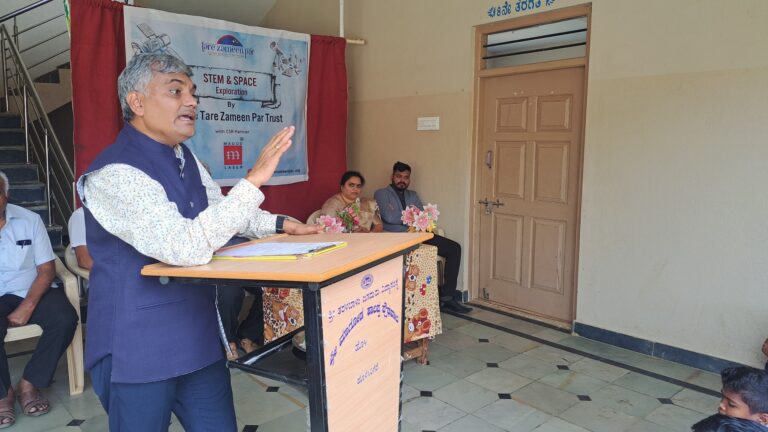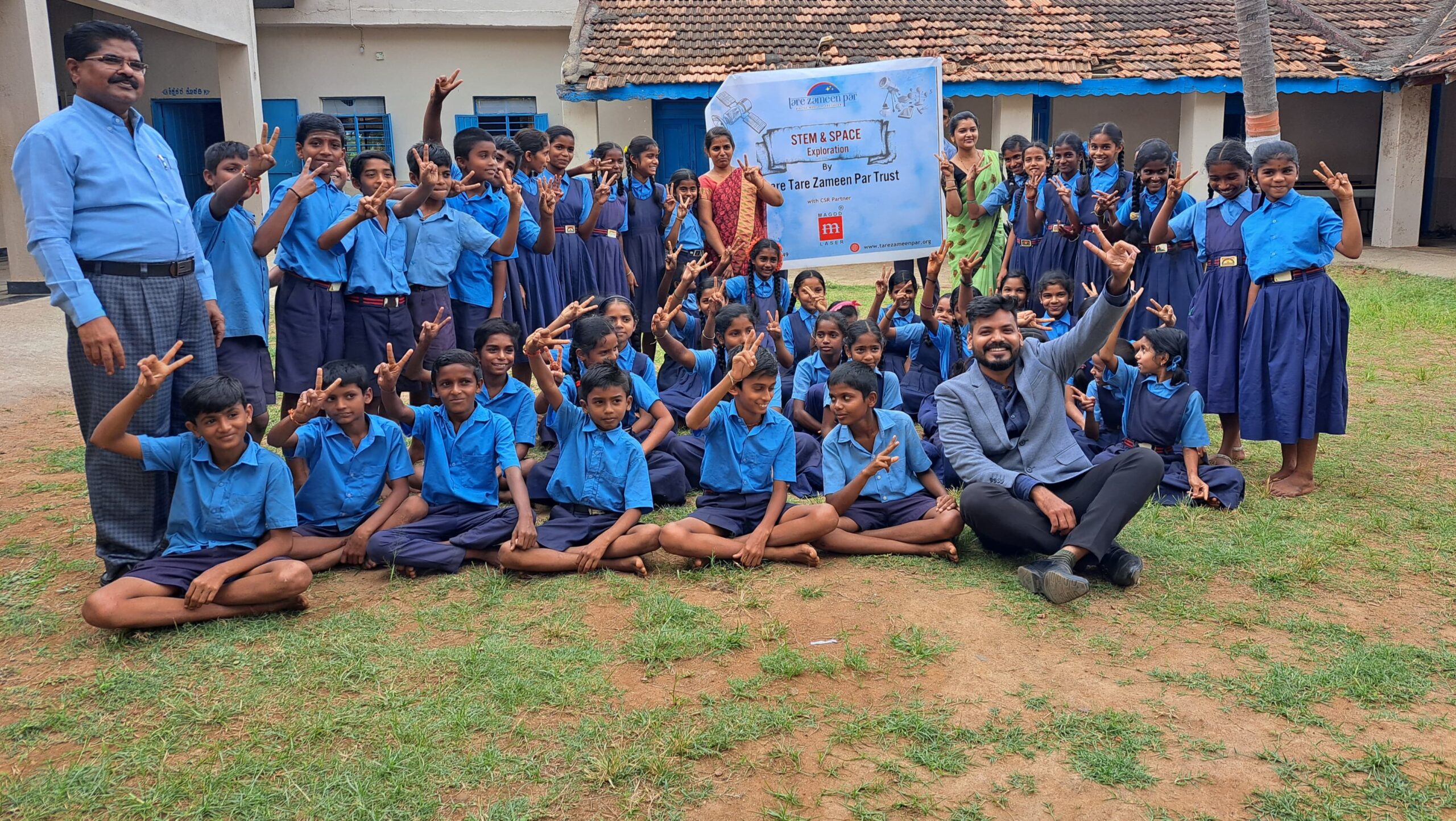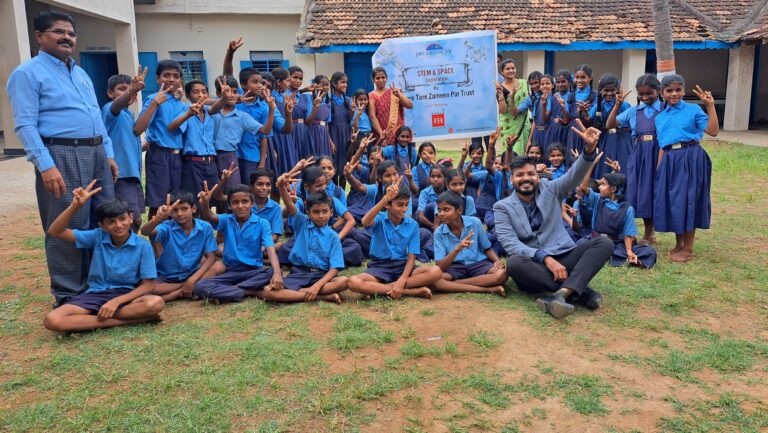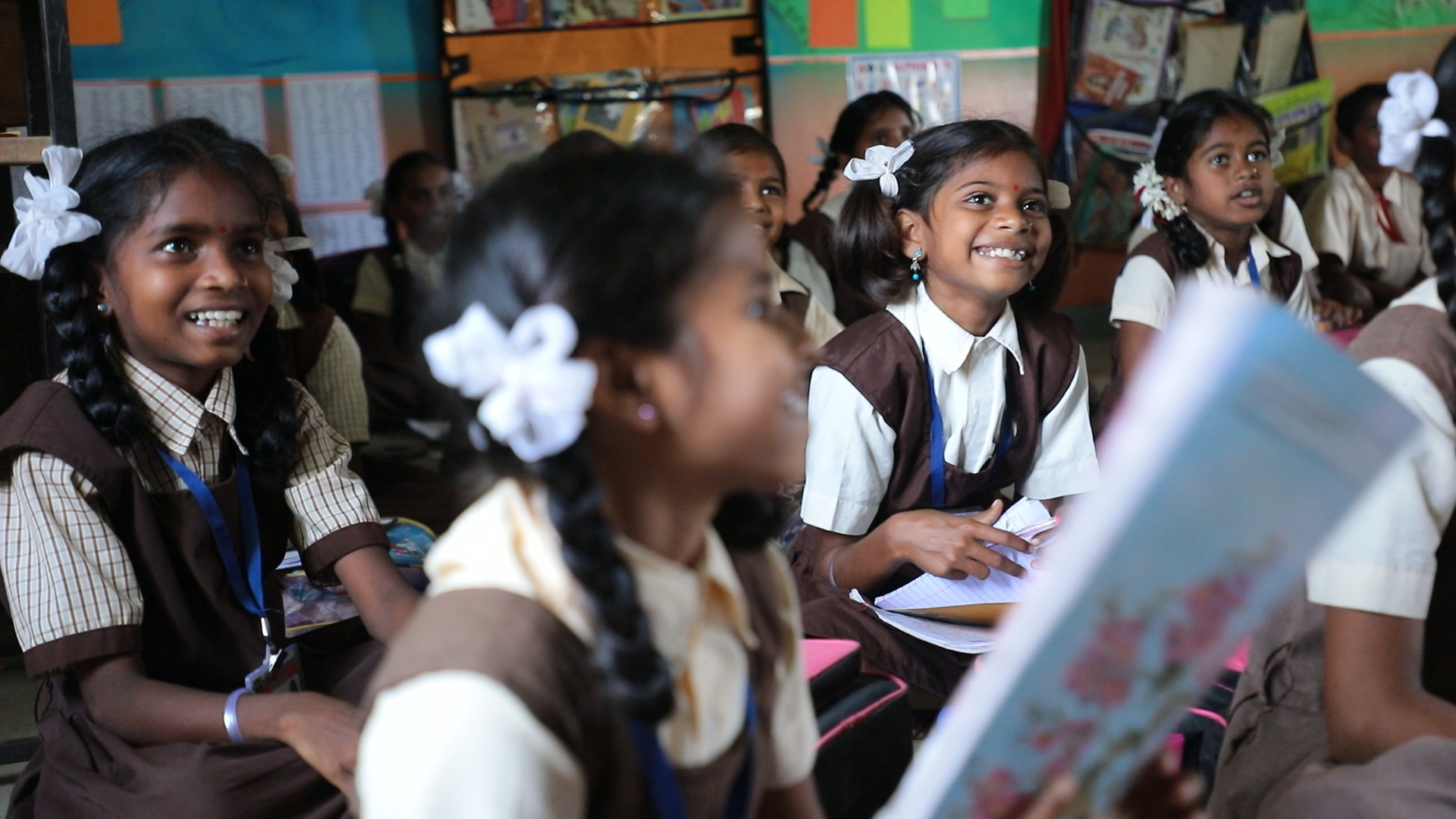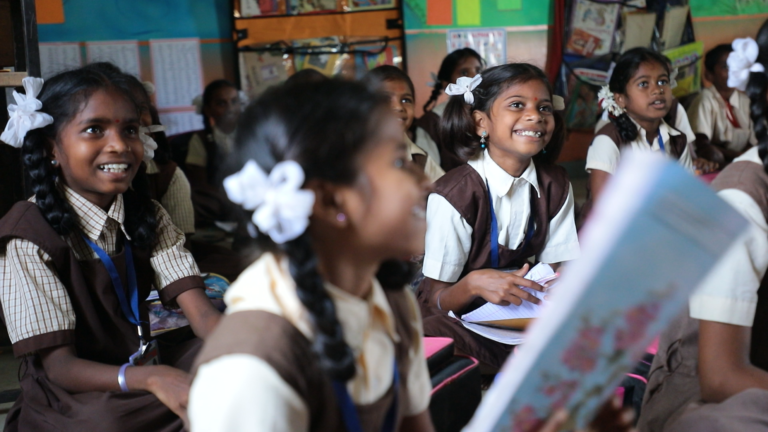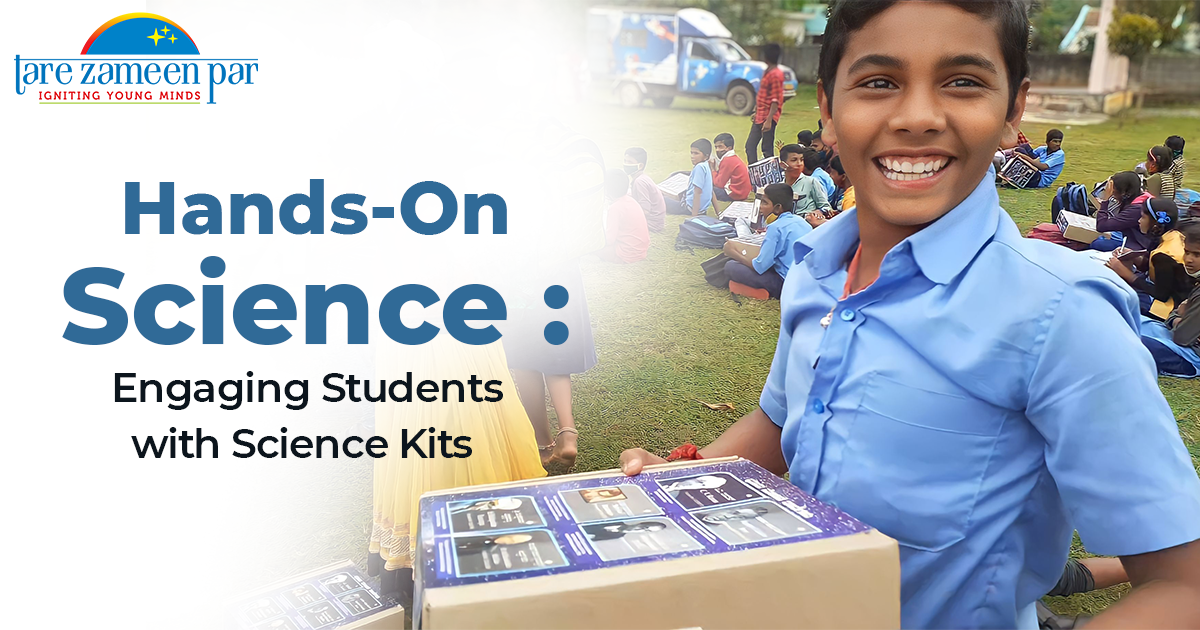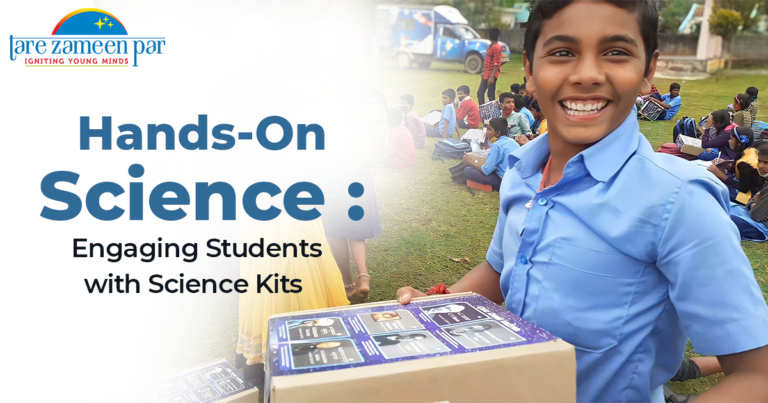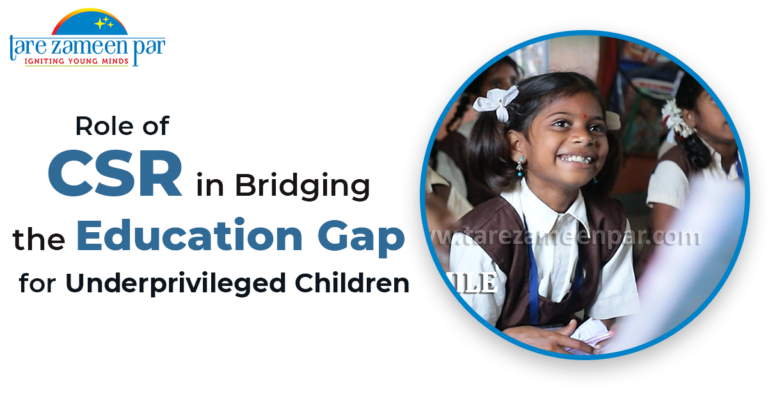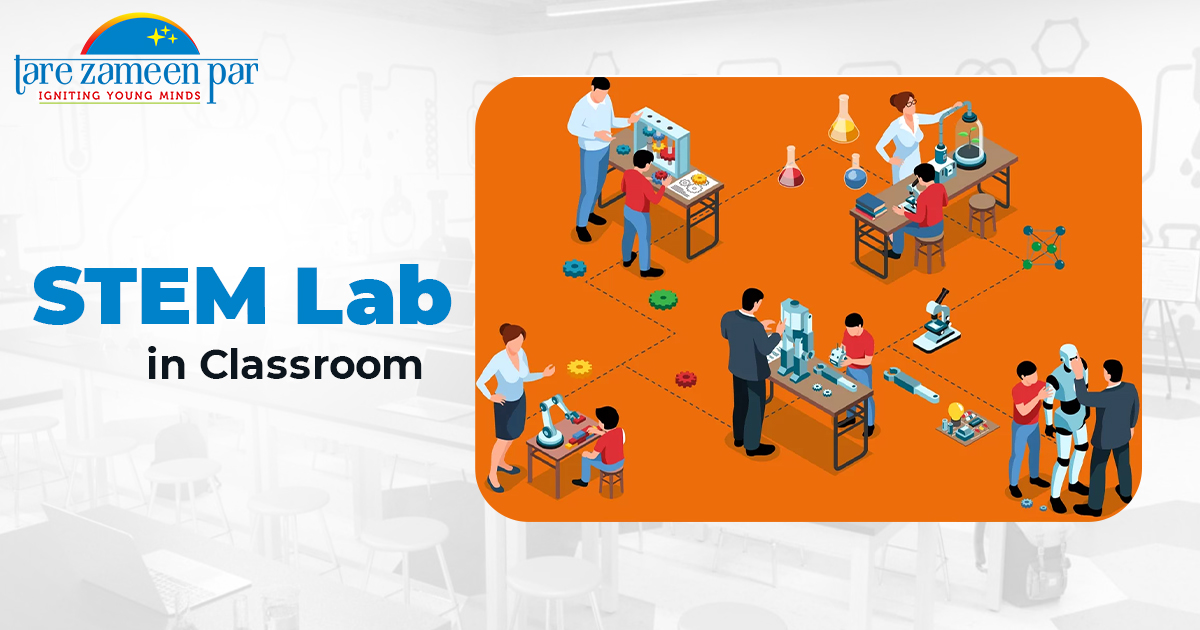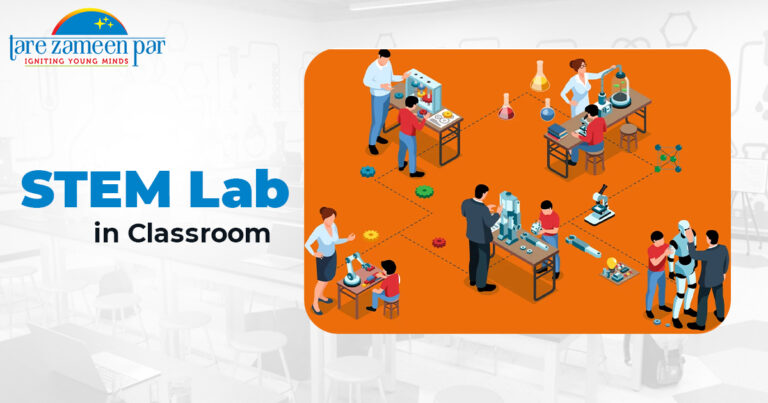Mobile Planetarium Shows in Bangalore: An Educational Gateway by Tare Zameen Par

Mobile Planetarium shows in Bangalore are making astronomy more accessible to students than ever before. These traveling domes bring the magic of the cosmos to schools and community centers, removing the need for expensive trips to observatories. At the forefront of this initiative is Tare Zameen Par, an organization dedicated to democratizing science education through engaging, hands-on learning tools.
What is a Mobile Planetarium?
A mobile planetarium is a fully portable, inflatable dome equipped with a 360-degree digital projection system. It simulates the night sky, showcasing stars, planets, constellations, and galaxies in an immersive format. Installed in school halls or indoor auditoriums, these domes allow students to explore the universe without leaving their campus.
Benefits of Mobile Planetarium Shows:
- Accessibility: Ideal for schools lacking access to traditional planetariums.
- Interactivity: Live narration and student engagement through Q&A.
- Enhanced Learning: Reinforces academic concepts with vivid, experiential visuals.
- Customization: Shows tailored to different grade levels and learning objectives.

Tare Zameen Par’s Role in Bangalore:
Tare Zameen Par has been instrumental in bringing Mobile Planetarium shows in Bangalore to schools across urban and rural areas. Their mission is to provide equitable access to scientific learning through space education programs that inspire, educate, and entertain.
Key Features of Their Programs:
- High-definition dome projections for realistic space simulations.
- Content aligned with CBSE, ICSE, and State Board science curriculum.
- Sessions are available in English and Kannada to cater to diverse audiences.
- Topics range from the solar system and constellations to space missions and black holes.
Educational Impact:
These mobile planetarium shows contribute significantly to student development by:
- Encouraging early interest in STEM careers.
- Enhancing comprehension through visual storytelling.
- Offering inclusive learning for under-resourced schools.
- Supporting teachers with alternative, effective educational tools.
Mobile Planetarium shows in Bangalore, led by Tare Zameen Par, are transforming how students experience the cosmos. With a focus on accessibility and innovation, these shows bring outer space into the classroom, helping young minds dream bigger, think deeper, and aim higher.
Book a Show Today
Make your next event, school day, or science celebration unforgettable with Tare Zameen Par’s Mobile Planetarium Shows. Perfect for:
- Schools (CBSE, ICSE, State Board, and others)
- Corporate CSR Events
- Science Fairs and Community Education Drives
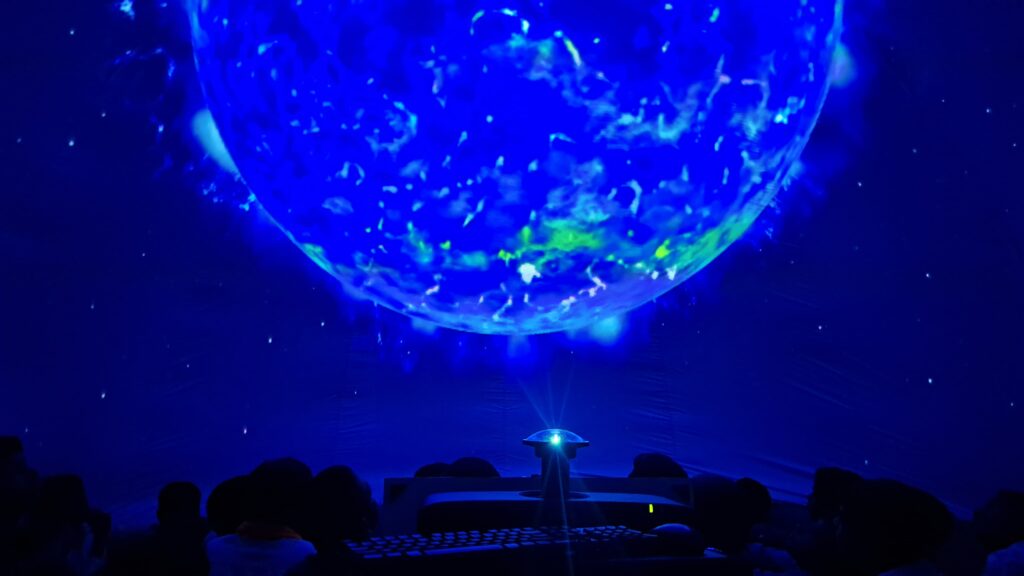
Explore the universe from your campus, book your Mobile Planetarium show in Bangalore today!

